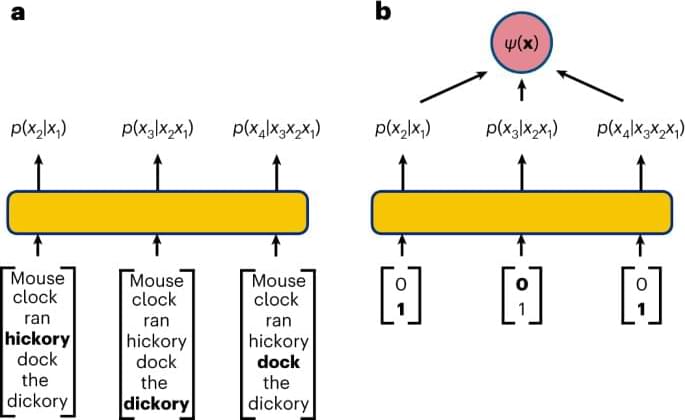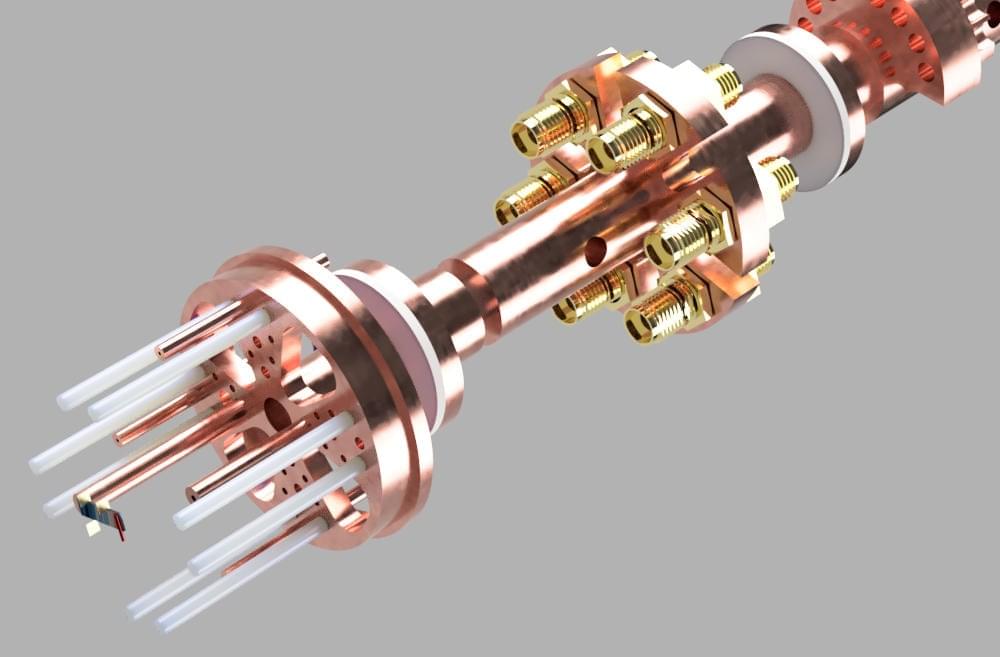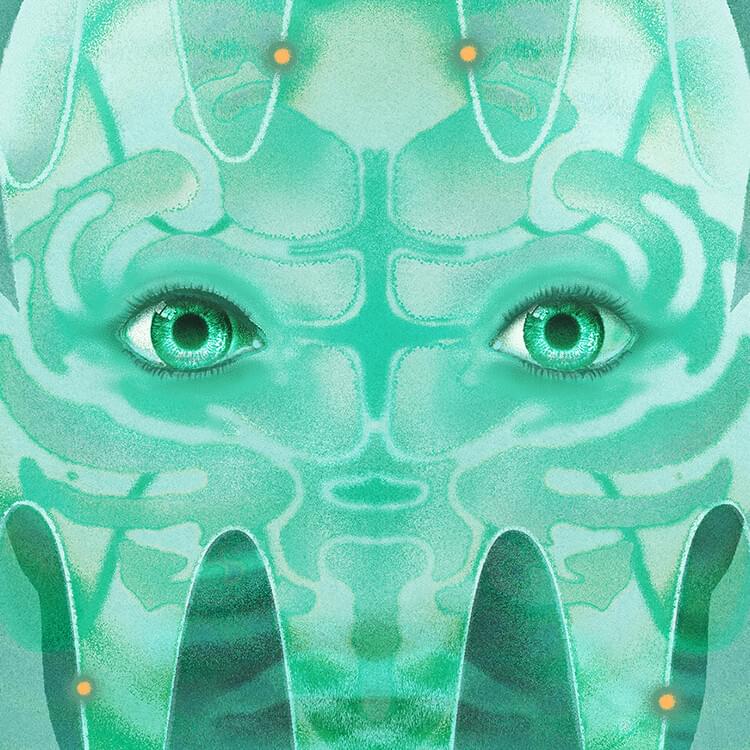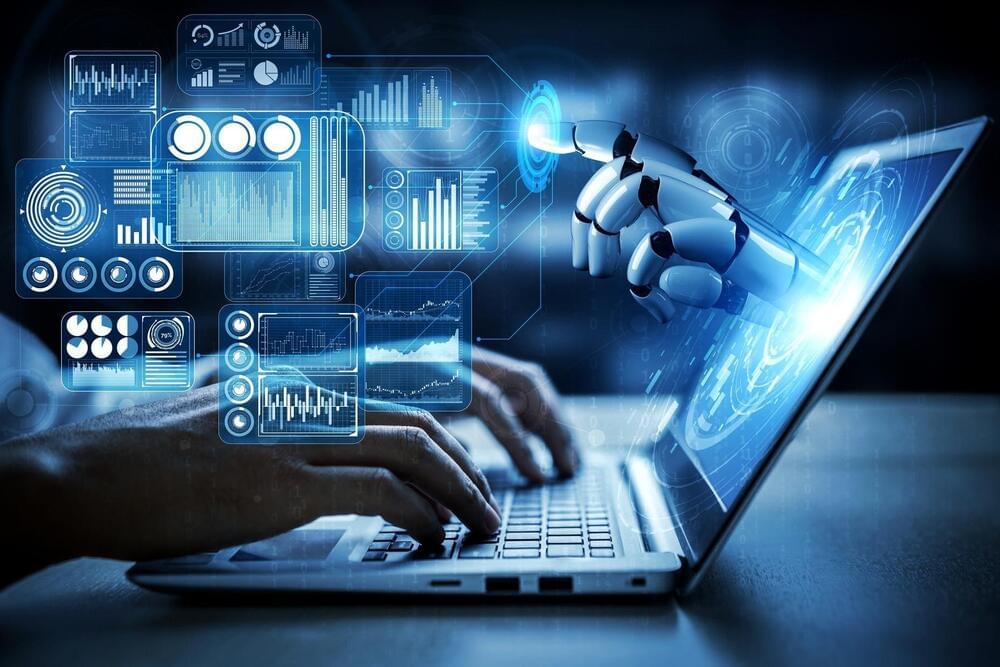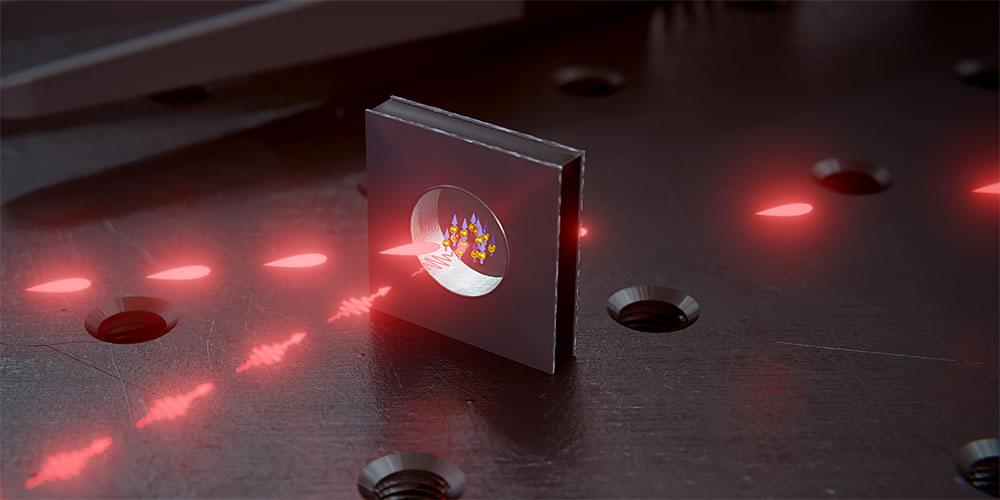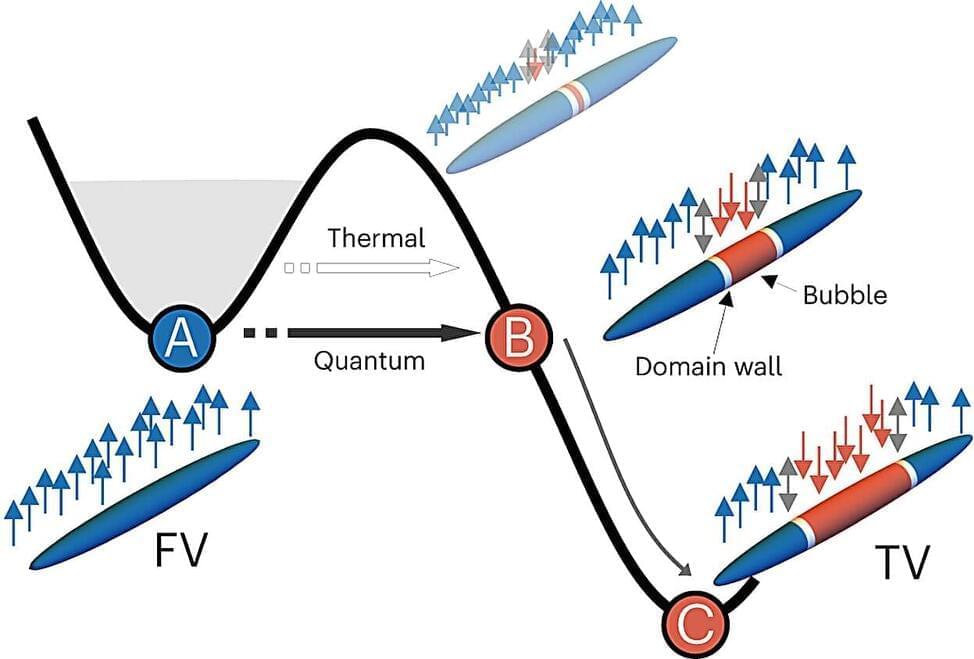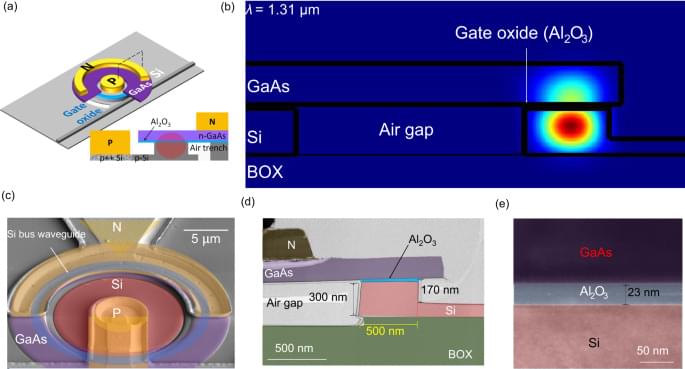An international team of researchers from Leibniz University Hannover (Germany) and the University of Strathclyde in Glasgow (United Kingdom) has disproved a previously held assumption about the impact of multiphoton components in interference effects of thermal fields (e.g., sunlight) and parametric single photons (generated in non-linear crystals). The journal Physical Review Letters has published the team’s research.
“We experimentally proved that the interference effect between thermal light and parametric single photons also leads to quantum interference with the background field. For this reason, the background cannot simply be neglected and subtracted from calculations, as has been the case up to now,” says Prof. Dr. Michael Kues, Head of the Institute of Photonics and member of the Board of the PhoenixD Cluster of Excellence at Leibniz University Hannover.
The leading scientist was Ph.D. student Anahita Khodadad Kashi, who performs research on photonic quantum information processing at the Institute of Photonics. She investigated how the visibility of the so-called Hong-Ou-Mandel effect, a quantum interference effect, is affected by multiphoton contamination.

